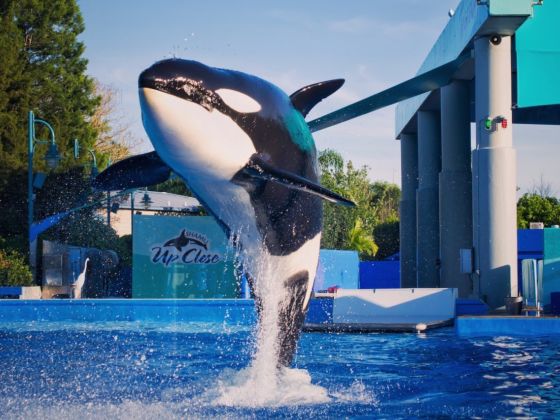It was one of those awkward moments during this year’s Academy Awards.
When the Oscar for Best Documentary was awarded to “The Cove,” political activist Ric O’Barry (who starred in the film) held up a sign: ‘Text Dolphin to 44144.’ Suddenly, the orchestra started playing, and everyone was hustled off stage.
Did the Academy somehow miss the point of the winning movie it picked? “The Cove” is about guerrilla activism, specifically to prompt change in our thinking about marine mammals, both in captivity and the wild.
